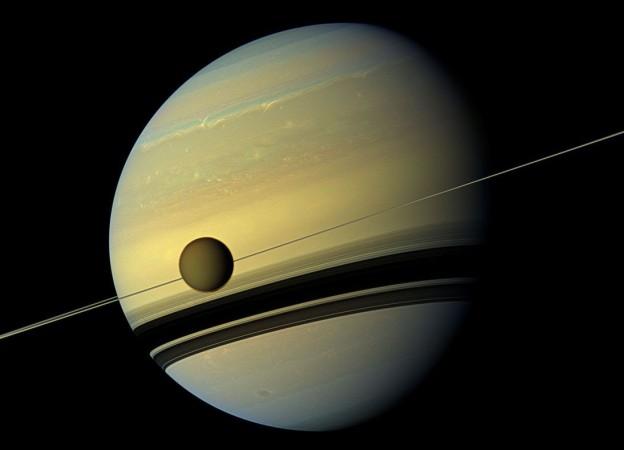It was around a few months back that scientists unveiled the geological map of Saturn's moon Titan using crucial data obtained by NASA's Cassini Spacecraft. Space scientists who created this map revealed that it could help future missions to locate the perfect place to look for alien life in this fuzzy orange moon. As NASA is preparing to send the Dragonfly spacecraft to Titan, a piece of advanced equipment that works like a vacuum cleaner will most probably be included in the mission.
An advanced system developed by Honeybee Robotics
This new equipment is developed by Honeybee Robotics, and it is specially designed to operate on planetary bodies both with and without an atmosphere. Honeybee Robotics has named this device Integrated Sampling System (ISS), and it can work equally well with both non-cohesive and cohesive materials.

Until now, NASA had used robotic arms with drills and scoops to collect samples from planetary surfaces. However, with the introduction of the Integrated Sampling System, things are expected to take a revolutionary change, and the United States space agency will be able to extract materials from planetary bodies with ease, just like a vacuum cleaner absorbs dust from surfaces. This advanced system is also equipped with a lacrosse stick which will help to capture fast-moving objects.
A new @Honeybee_Ltd concept employs an “old school” tech—vacuum cleaners—along with a “lacrosse stick” to collect surface samples from other worlds. A system using this concept will be at work on Dragonfly, our mission to explore Saturn’s icy moon Titan: https://t.co/lPgajJiV8l pic.twitter.com/GFW5UzDH0i
— NASA Technology (@NASA_Technology) April 15, 2020
"The Honeybee team used these two concepts together in an innovative design: a vacuum system pulls sample particles through a tube and quickly past a small "lacrosse stick," where some of the flying particles get caught in the net. The captured sample particles can be moved to where they are wanted, and the sample size can be increased or decreased by simply changing the size of the net," wrote NASA on their website.
Why exploring Titan is crucial to find alien life?
Titan is the only space body in the solar system, apart from the earth that holds liquid water on its surface. However, unlike earth, clouds in this Saturn's orange moon spew methane and ethane. Interestingly, these elements which remain gases on earth will be in the liquid state in Titan due to the moon's frigid climate.
As per space scientists, lakes and seas in the polar regions of Titan are filled with liquid methane, and they believe that alien life forms, most probably in microbial forms might be thriving in this moon.
Recently, Rosaly Lopes, a planetary scientist at NASA's Jet Propulsion Laboratory in Pasadena, California had also suggested that Titan could be one of the best places where humans can discover alien life.
"It's one of the places in the solar system where it is like[ly] that life may have evolved because we have the combination of a lot of organic materials. I think as we study Titan more, we will be able to find out much more about what has led to the evolution of the very different moon," said Lopes.













